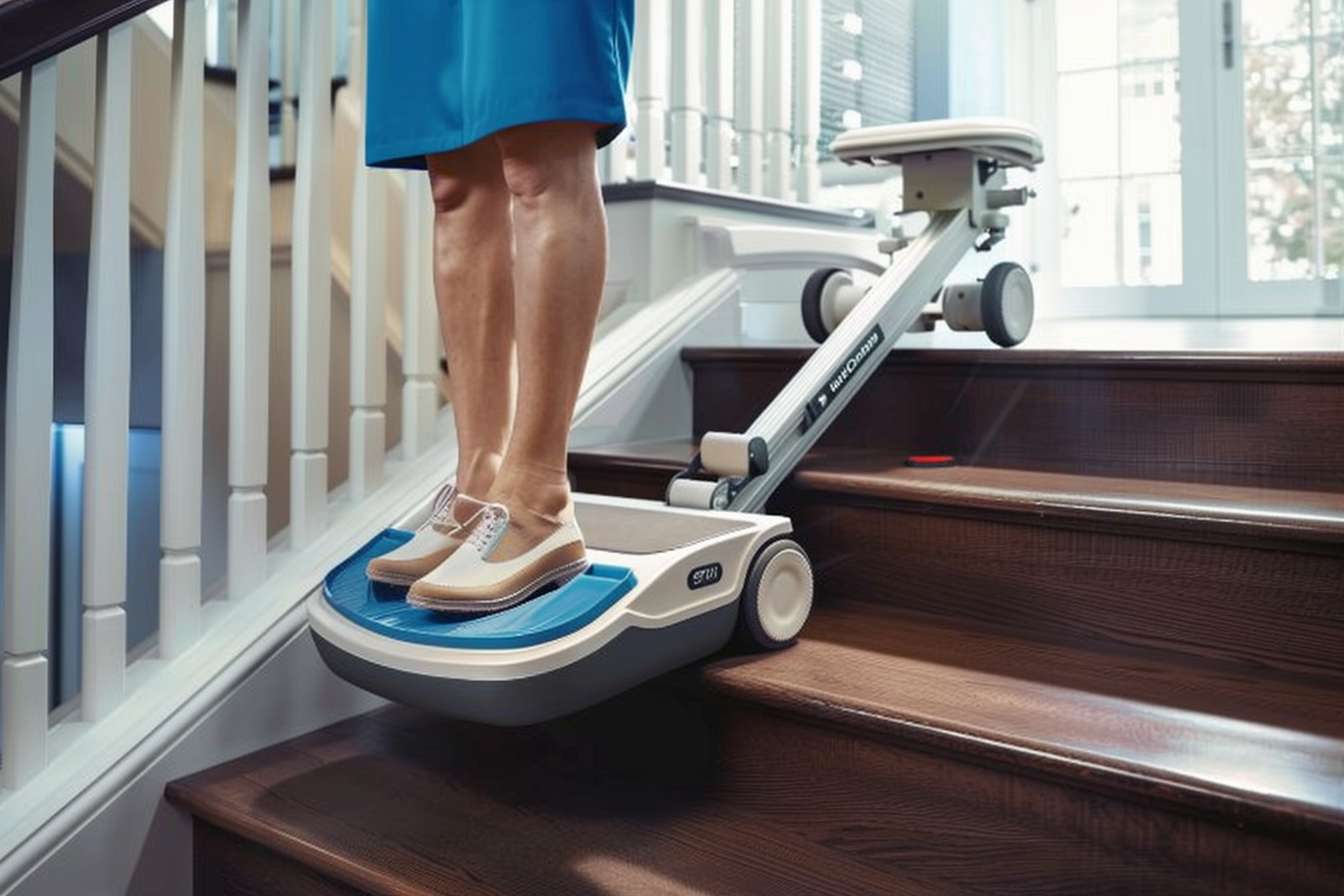Mobile Stairlifts: A Comprehensive Guide to Enhancing Mobility and Independence
Mobile stairlifts are innovative devices designed to provide safe and convenient access to different levels of a building for individuals with mobility challenges. These portable solutions offer a flexible alternative to permanent stairlift installations, allowing users to navigate stairs with ease and confidence. As the demand for accessible living spaces continues to grow, mobile stairlifts have become an increasingly popular option for both residential and commercial settings.

What Is a Mobile Stair Lift?
A mobile stair lift is a portable, battery-powered device that enables individuals with limited mobility to ascend and descend stairs safely. Unlike traditional fixed stairlifts, these units are not permanently attached to the staircase, making them versatile and adaptable to various environments. Mobile stairlifts typically consist of a sturdy frame, a comfortable seat or platform, and a set of motorized tracks or wheels that guide the unit up and down the stairs.
How Does a Mobile Stair Lift Work?
Mobile stairlifts operate on a simple yet effective principle. The user or caregiver positions the device at the bottom of the stairs, and the individual requiring assistance is securely seated or placed on the platform. Using a control panel or remote, the lift is activated, and it slowly and steadily climbs the stairs, supported by its tracks or wheels. Most models feature safety mechanisms such as seat belts, anti-slip surfaces, and emergency stop buttons to ensure a secure journey.
What Are the Key Benefits of Mobile Stair Lifts?
Mobile stairlifts offer numerous advantages that make them an attractive option for many users:
-
Portability: Unlike permanent installations, mobile stairlifts can be easily transported and used in multiple locations, making them ideal for travel or temporary accommodations.
-
Flexibility: These devices can be used on various types of staircases, including straight, curved, or spiral stairs, providing accessibility in diverse settings.
-
Cost-effectiveness: Mobile stairlifts often present a more affordable alternative to permanent stairlift installations, especially for those who may only need temporary assistance.
-
Non-invasive: As they do not require structural modifications to the staircase, mobile stairlifts are an excellent choice for renters or those who prefer not to alter their home’s architecture.
-
Independence: By providing safe and reliable stair navigation, these devices promote greater independence and confidence for users with mobility challenges.
Who Should Consider Using a Mobile Stair Lift?
Mobile stairlifts can benefit a wide range of individuals, including:
-
Elderly persons who struggle with stair climbing due to age-related mobility issues.
-
Individuals with temporary injuries or recovering from surgery who need short-term assistance.
-
People with permanent disabilities that affect their ability to navigate stairs safely.
-
Caregivers who need to assist individuals up and down stairs without risking injury.
-
Businesses and public spaces looking to improve accessibility without permanent modifications.
What Are the Cost Considerations and Options?
When considering a mobile stairlift, it’s essential to understand the various cost factors and available options:
-
Purchase vs. Rental: Depending on individual needs, users can choose to buy a mobile stairlift outright or opt for a rental solution for temporary use.
-
Battery-powered vs. Rechargeable: Some models come with replaceable batteries, while others feature rechargeable units, affecting long-term costs.
-
Weight capacity: Higher weight capacities often come at a premium but may be necessary for some users.
-
Additional features: Options such as folding seats, adjustable armrests, or advanced safety features can impact the overall cost.
| Provider | Model | Weight Capacity | Key Features | Estimated Cost (GBP) |
|---|---|---|---|---|
| Mobility UK | Portable Stair Climber | 135 kg | Rechargeable battery, Foldable design | £2,500 - £3,000 |
| Access BDD | C-Max U1 | 160 kg | Universal fit, Ergonomic controls | £3,000 - £3,500 |
| AAT GB Ltd | C-Max | 140 kg | Compact storage, Quick-release battery | £2,800 - £3,300 |
| Stairclimber UK | S-Max Sella | 135 kg | Swivel seat, Adjustable backrest | £3,200 - £3,700 |
Prices, rates, or cost estimates mentioned in this article are based on the latest available information but may change over time. Independent research is advised before making financial decisions.
When choosing a mobile stairlift, it’s crucial to consider factors such as the specific staircase dimensions, user needs, and long-term cost-effectiveness. Many providers offer trial periods or demonstrations, allowing potential users to test the equipment before making a decision. Additionally, some local authorities or charities may provide financial assistance or equipment loans for those who qualify.
In conclusion, mobile stairlifts represent a versatile and practical solution for overcoming mobility challenges associated with stairs. By offering portability, flexibility, and increased independence, these devices can significantly improve the quality of life for individuals with mobility issues. As technology continues to advance, we can expect even more innovative features and improved accessibility options in the future of mobile stairlift design.




